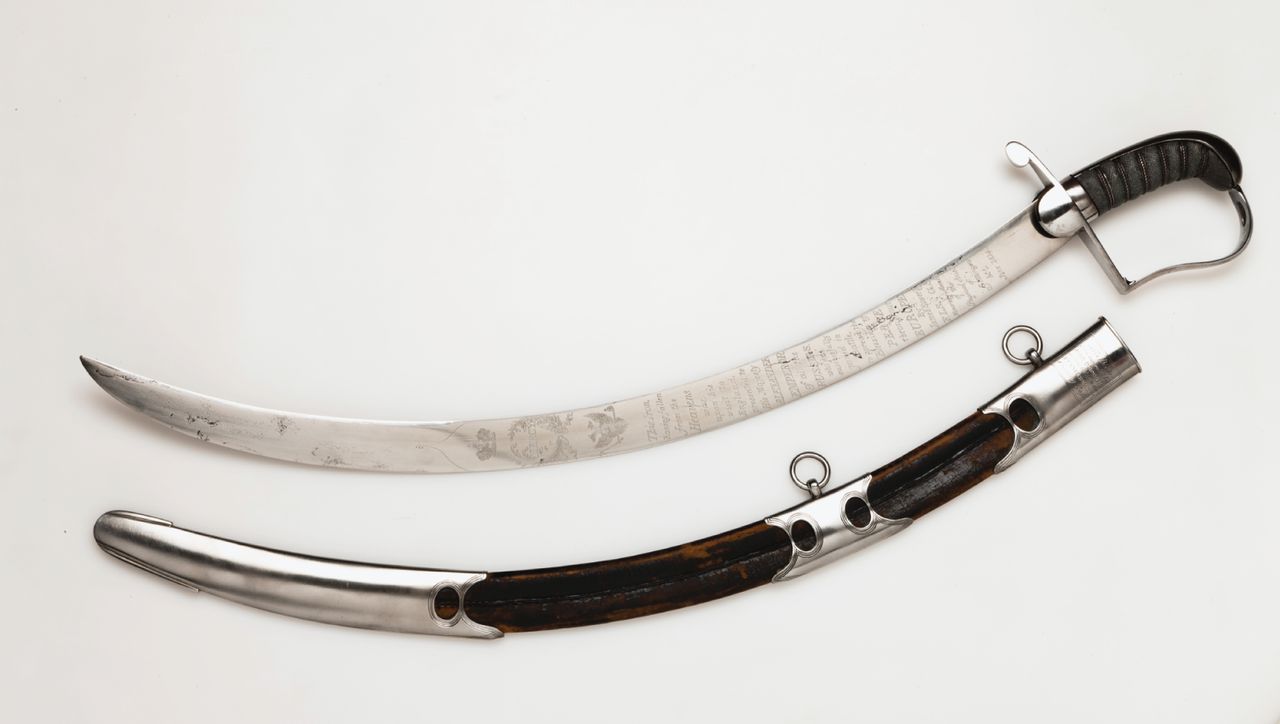
In ancient times the discovery of bronze and iron brought huge improvements to the lives of men and women of the era. Tools and weapons were among the first uses of such metals once the smelting process was understood. However, man’s first experience of the importance of early metals, especially iron and nickel may have came by the way of ancient meteorites.
The use of meteorites by various civilizations over the past several thousand years is well documented. Such examples include: iron beads found in an ancient Egyptian tomb in 1911, small objects made from people living in the Ohio area, circa 100 BC; harpoons, knives, ulos, and other edged tools made by the Thule people in Greenland in 1000 AD. Furthermore Swords of the Tsars, a statue of Buddha from the 8th to 10th centuries, a bead from 5,000 BC in Iran, spear points and jewelry from ancient Egypt and Sumer around 4000BC all were made from “metal that fell from the sky”. A Chinese axe head from about 1500 BC and an adze from around 1000 BC found in Sweden are further examples of the use of meteoric material.
The Mughal Emperor Jahangis of India (born Sept.20, 1569, died Nov. 8 1627) received a meteorite from a loyal tax collector. It is said the emperor had a pair of swords and a dagger made from space rock. A diary of the event dated April 1621 reads: “One of the strangest things happened at dawn, a tremendous noise arose in the east — it was so terrifying that it nearly frightened the inhabitants out of their skins. Then in the midst of that tumultuous noise, something bright fell to the Earth from above; the people thought fire was falling to Earth from heaven. A moment later, the noise ceased, and the people regained their composure.”
For 25 feet, the earth had been so scorched that no trace of greenery or plants was left. The local tax collector came to take a look and he ordered the villagers to dig.
“The deeper they dug, the hotter it was”, the diary goes on. “Finally they reached a spot where a piece of hot iron appeared. It was so hot; it was as if it had been taken out of a furnace. After a while it cooled off, the tax collector took it home, sealed it in a purse, and sent it to court.” Historians believe both tax collector and the emperor considered the fallen star as a gift from God.
On a final note, on June 1814, James Sowerby, a British artist and natural historian, designed a special meteoric sword to present to the Emperor of Russia, Alexander I. Soweby had a number of iron rich specimens in his collection and with the defeat of France at the end of the Napoleonic Wars he planned a special present for the brave efforts of the Russian people and to encourage world peace.
The Cape of Good Hope meteorite used for this artisan creation is a high content uniform nickel-rich ataxite with 16% nickel. Artisans crafted a blade 600 mm long with inscriptions written by Soweby that read, “This Iron having fallen from the heavens was, upon his visit to England, presented to His Majesty Alexander Emperor of all the Russias, who had successfully joined in Battle, to spread the blessings of peace throughout Europe.”
The emperor did receive the sword years later, in 1819 due to the time taken for the sword to be crafted, permission obtained, and the time going from the Czar’s secretary to the Czar himself.
For more information:
and
http://rsnr.royalsocietypublishing.org/content/early/2013/09/02/rsnr.2013.0044.full.pdf+html


